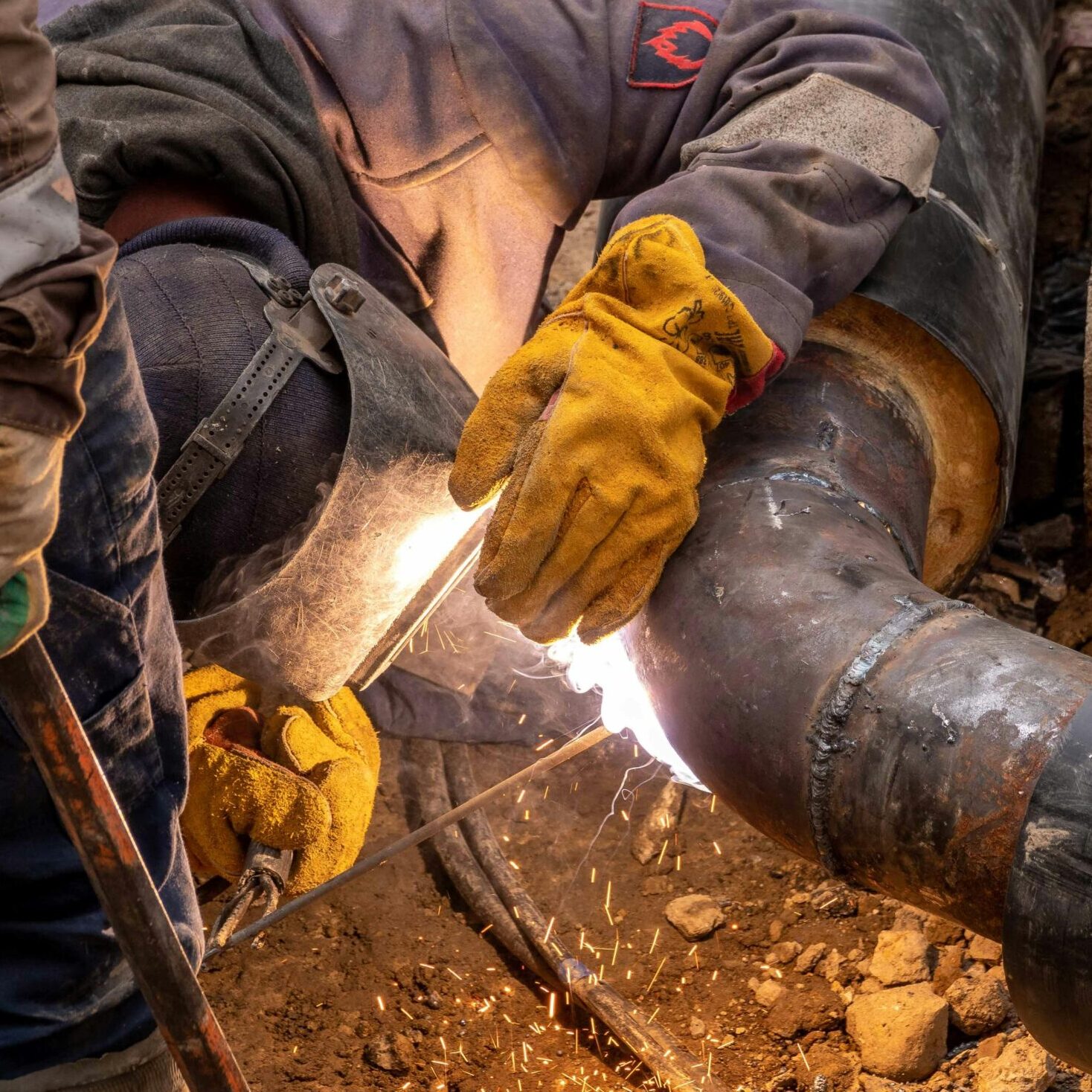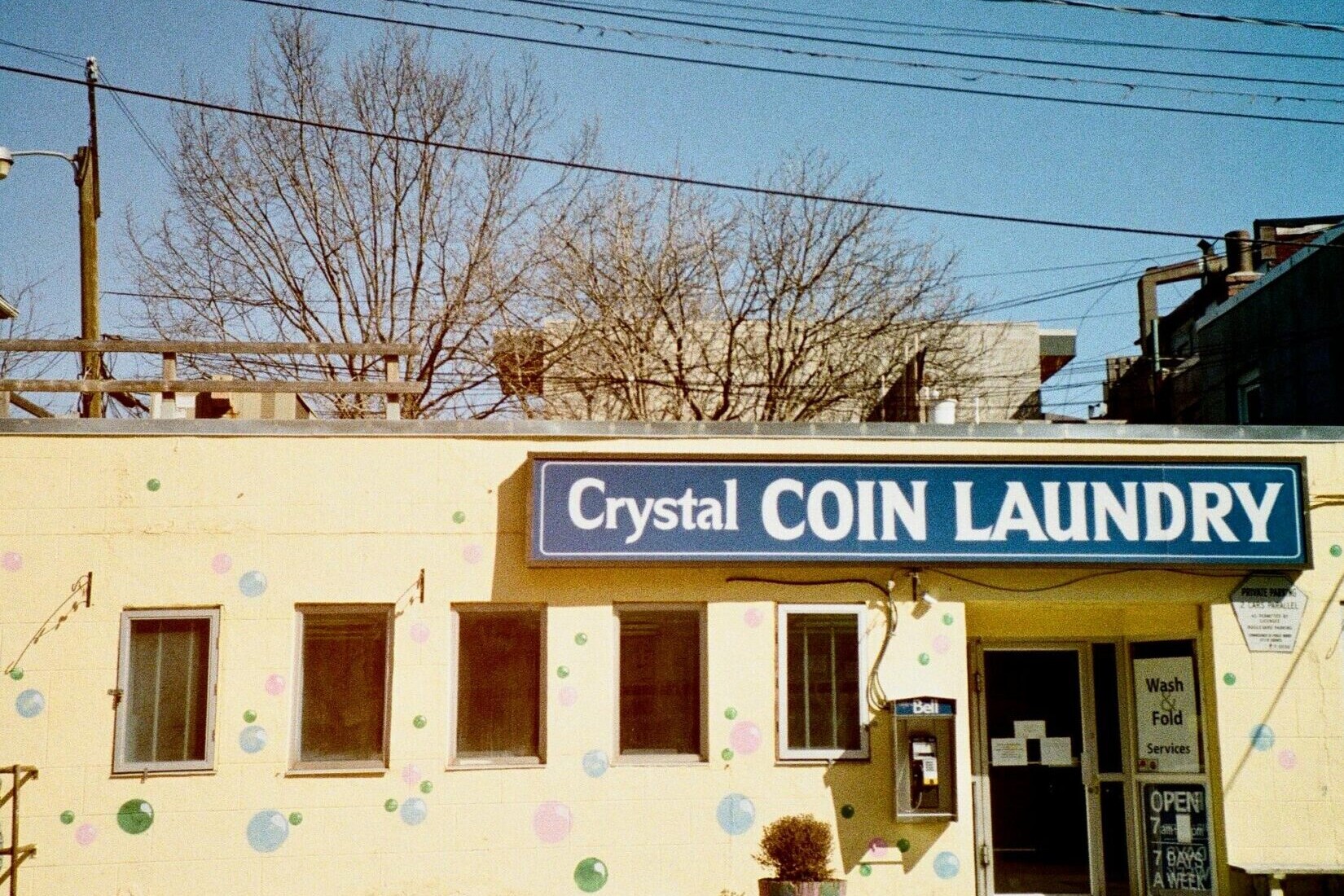By Matthew Mendelsohn | Part of our Special Series: Always Canada. Never 51.
A couple of months ago we were in a bit of a trade dispute. Today we are convinced that decades of progress towards closer economic and military integration with the U.S. is over. Life happens fast and we need more than concepts of a plan.
It is obvious that the main choice Canadians face in this election is who they trust to build a stronger, less vulnerable Canadian economy. Every Canadian, and every institution that holds power and influence, needs to mobilize our resources to make this happen.
As Canadians focus on how we work with our democratic allies to chart a new path, we must do so in ways that advance the interests, hopes and ambitions of working people and the vulnerable. Even though sacrifice is necessary, our choices must give young people hope in the promise of Canada.

It is not yet clear how our parties intend to do that, which is not surprising given how rapidly the American century of global leadership has come to an end. This is the first of probably many elections in the coming decades that will ask Canadians to choose the values and goals that will shape our pursuit of a less integrated economic path.
The scope and scale of sacrifice is going to be enormous, given the enormity of the threat that MAGA represents to Canada and democracies around the world. We will need to reallocate current spending to new efforts to transform our economy and invest in our military and economic security. Tax cuts and dental care offer no solution to any of the big problems we must confront.
And, as we make sacrifices, who will be asked to shoulder the largest burdens? Unity is important, but fairness will be important as people make sacrifices and suffer. Parties should at least give us a sense of their strategic posture on this question.
Even before the shambles of Trump, our economy was already failing young people and working people. Precarity and vulnerability characterize the working lives of too many Canadians. It is harder today to own a home, build a business, save for emergencies or find a stable job with a pension than it was 20 years ago. Many people are struggling, and that is the result of policy choices inherent to the globalization project of the past half century.
The deep anxiety Canadians feel is not just a response to Trump’s threats, but also a response to the enormous rise in concentrations of wealth and ownership in our economy, driven by decades of policy choices that have favoured capital over labour.
This election is not just about building a less vulnerable economy in response to Trump. It is also a real first choice about what kind of economy we want to build in the ashes of a half century of free trade, globalization, privatization and financialization.
The question for all parties is not how to increase GDP per capita, which ignores distributional questions, but how to help regular people transition to a new world order? Sure, we all belong to Team Canada right now, but when making many hundreds of practical policy decisions, whose side are you on?
The policy project being driven by corporate Canada has many elements that are positive. Yes, we need more economic growth, of course there are some internal trade barriers that can be removed, and sure there are ways to speed up regulatory processes. Finding ways to increase productivity would be good. Growing more Canadian firms that are global leaders is good for the country.
But our policy choices must build shared prosperity. Governments must use their enormous power to shape markets in ways that deliver vibrant, healthy local economies, not just financial returns for corporate giants.

This transformation will require an acknowledgement that the policy solutions offered up by orthodox economists over the past 50 years – cut taxes on capital, wealth and corporations – have been catastrophic failures and have led us to the situation in which we find ourselves. One in which Canada grows a new billionaire every 12 weeks, while 55% of Canadian families with children are having trouble meeting day-to-day expenses.
Canada is not the United States, and the combination of ignorance, criminality and cruelty on display from Donald Trump and Elon Musk are sui generis. But they are the logical outcome of a system in which wealth and power have been allowed to pool in fewer and fewer hands, pulling away democratic power from ordinary people. If you are a Canadian leader posting favourably about U.S. GDP-per-capita growth, you are missing the plot—or perhaps, more likely, you are insulated from the misery of what lies behind those numbers.
Economic growth that leads to more concentrated wealth and ownership leads to civic collapse and democratic collapse. When class structures become more and more rigid and intergenerational upward mobility becomes more and more rare, young people lose hope and democratic societies break down.
The American economic model has produced GDP growth through socializing risk, privatizing gain and extracting value. Big tech and big finance have done well at the expense of working people. The American experience should be a cautionary tale for Canadians, not a role model. Canada can do better on delivering on the promise of the Canadian Dream.
Social Capital Partners is proposing many practical ideas that should be part of an economic agenda focused on sovereignty, growth and confronting structural inequality. Our proposals all begin with a clear goal to protect regular people, not financialized and consolidated interests. Some of the things I’d like to hear discussed over the next four weeks include:
How will you lead a new industrial strategy for Canada? One that’s focused on building sovereignty in key sectors like food and uses all available policy tools to deliver broad environmental, social and economic benefits to Canadians and communities—and not simply writing large cheques to foreign multinationals with little expectation of Canadian wealth building?
How would you mobilize all available fiscal tools, like co-investment, loan guarantees and no-interest loans to help Canadian businesses, not-for-profits and social enterprises survive, pivot and thrive? This would include using institutions like the Business Development Bank of Canada (BDC) and Export Development Canada (EDC) more strategically and in ways that complement, rather than compete, with private banking.
How would you mobilize large pools of capital, like pension funds and philanthropic foundations, so that capital gets into the hands of people and communities where it can be deployed for long-term economic resilience and strong local economic development? And how would you scale up community finance tools to help people and organizations through this disruption?
How will you help those who are particularly vulnerable at this time and make sure they aren’t getting ripped off? There are dozens of ideas—from eliminating interest rates on business loans, to allowing homeowners to renegotiate their mortgages with no penalties, strong enforcement of rules preventing deceptive labeling with respect to the origin of products and rules to prevent excessive profit taking.
All of this to say—how will you unrig the economic system that has been delivering huge wealth to financial interests but making it harder for working people and younger Canadians to build wealth and assets?
Will our policy choices produce good jobs, pensions and pathways to home ownership for working people—or will they be sucked up by exec comp, excessive profit-taking, corporate consolidation and share buybacks? If we have learned one thing from a half century of neoliberalism, it is that wealth doesn’t trickle down, and a rising tide doesn’t raise all boats without intentional policy choices.
Trump can’t be fixed. America might be able to be fixed, but we are spectators. What we can fix is our economy: we can make it more independent and less vulnerable, and we can do so in a way that delivers economic growth whose benefits are broadly shared.
Producing inflated bottom lines for our oligopolies is a bad outcome. Producing more billionaires is a bad outcome—especially when they pay lower tax rates than plumbers or nurses. Producing realistic hope that Canada remains the best place in the world for a young person to build wealth and economic security is a good outcome.
Our leaders should be telling us how they will shape this historic transformation in ways that don’t simply deepen the pathologies and inequalities of extractive, late-stage capitalism. We have tools to strengthen a more inclusive and democratic capitalism. Now is the time to deploy them creatively.
Share with a friend
Related reading
Ontario wakes up to the succession tsunami
In November, 2025, the Ontario provincial government finally stepped into the looming “succession tsunami,” launching a modest $1.9M Business Succession Planning Hub to help micro-business owners plan exits through local Small Business Enterprise Centres. Notably, the hub spotlights employee ownership and the new Employee Ownership Trust, signaling a shift toward mainstream adoption. But, as Dan Skilleter writes, Ontario’s approach focuses narrowly on retiring owners, ignoring how different buyers shape risks and benefits to workers, communities and Canada's broader economic sovereignty. This is a promising start that could and should grow into a broader succession-planning policy that protects Ontario’s long-term resilience.
Mapping the economic centre-left
The large and well-funded American blogosphere has a pretty wide array of economic voices and ideological camps within the centre-left tent. So big, in fact, that there’s a sub-genre of inter-blog conflict dedicated to people named Matt. Over the years, SCP Director of Policy Dan Skilleter has found it useful to categorize these various different centre-left ideological camps in his head. The categories are not mutually exclusive, and most people probably identify with a few at once. This explainer breaks down each camp's story about what’s wrong with the economy and how they’d prioritize dealing with it.
How intergenerational inequality threatens trust in democracy | Policy Options
Our political leaders must be willing to make difficult tradeoffs to rebalance policies toward the young and away from older Canadians, write Jean-François Daoust, Liam O'Toole and Jacob Robbins-Kanter in Policy Options. The broader economic picture for younger Canadians offers little hope, and economic frustration is shown to run hand-in-hand with political alienation. As intergenerational inequality persists and deepens, Canada risks experiencing an even sharper decline in trust in its democratic institutions than what already exists. Building affordable housing and supporting young families are essential first steps in a much-needed generational reset that puts fairness at the centre of Canadian political life.


